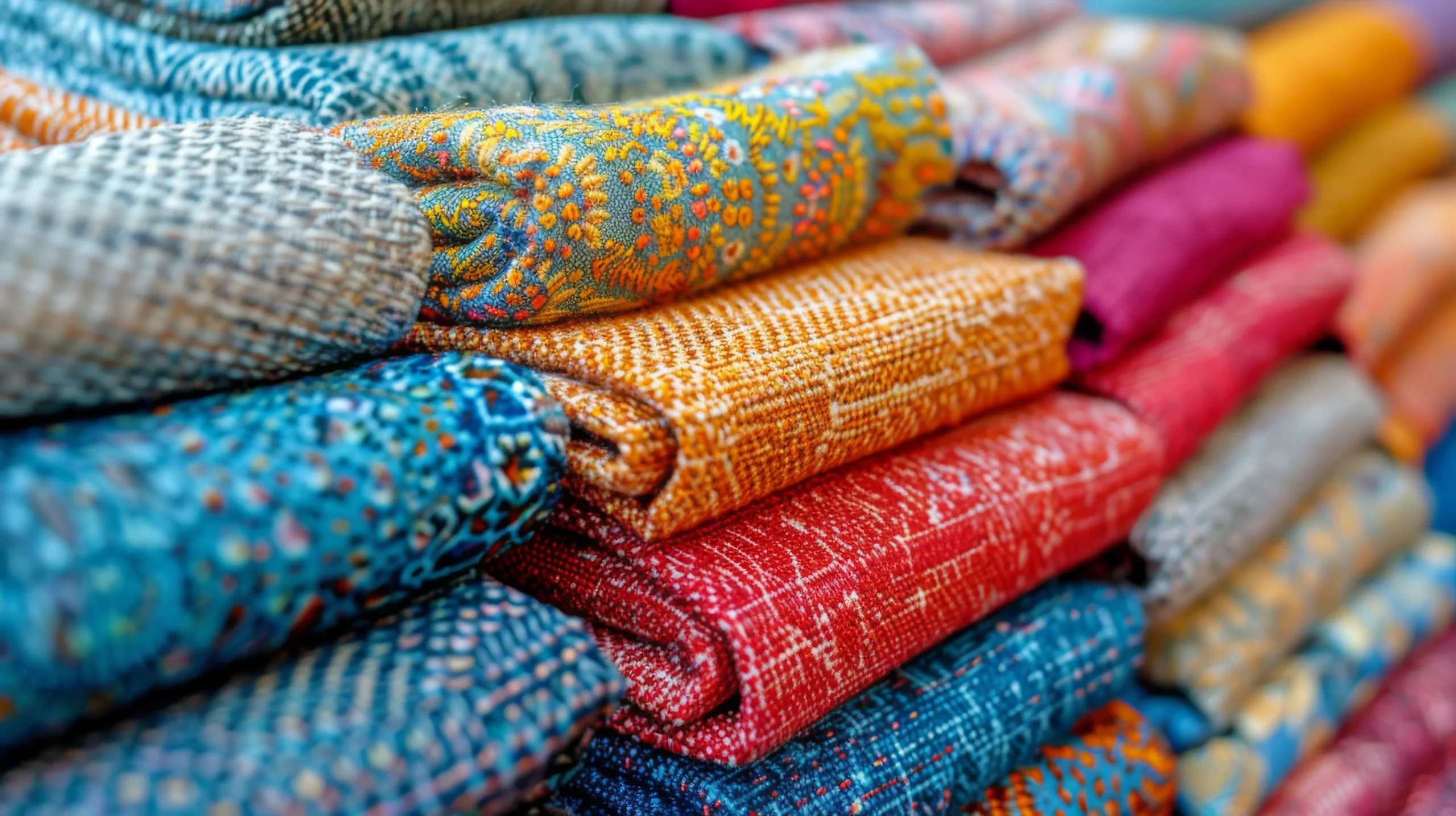

How to Spot Fake Handloom Products: A Guide by Woodloom
As an e-commerce clothing company dedicated to authentic handloom products, Woodloom is committed to providing our customers with genuine, high-quality items. The unique charm of handloom lies in its intricate weaving patterns, quality materials, and artisanal craftsmanship. However, the market is flooded with fake handloom products that mimic the look but not the essence of genuine handloom. To help you make informed purchases, here are some key tips on how to spot fake handloom products.
1. Poor Quality of Material
One of the first indicators of a fake handloom product is the quality of the material. Genuine handloom fabrics are made from natural fibers such as cotton, silk, and wool, which have a distinct feel and texture. Fake products often use synthetic fibers that lack the softness and breathability of natural ones. Always touch and feel the fabric; authentic handloom should feel soft, comfortable, and slightly uneven due to the manual weaving process.
2. Inconsistent Weaving Patterns
Authentic handloom products showcase the skill of artisans through consistent and detailed weaving patterns. While minor imperfections are a hallmark of handmade items, significant inconsistencies or symmetrical patterns may indicate machine-made fabrics. Look closely at the weave; handloom textiles often have slight irregularities that add to their charm and authenticity.
3. Incorrect or Missing Labels
Labels provide valuable information about the product’s origin, materials, and care instructions. Genuine handloom products usually have labels indicating they are handwoven, often with details about the weaver or the region of origin. Fake products might have incorrect labels or none at all. Always check for certification marks from recognized handloom organizations to ensure authenticity.
4. Lack of Awareness Among Consumers
Consumer awareness is crucial in identifying and purchasing authentic handloom products. Unfortunately, the lack of knowledge can lead to the purchase of counterfeit items. Educate yourself about the characteristics of genuine handloom textiles, including the types of fibers used, common patterns, and the weaving techniques involved. Knowledge is your best defense against falling for fakes.
5. Inspection of Weaving Techniques
Handloom weaving involves specific techniques that are difficult to replicate by machines. Inspect the product closely for signs of handwork, such as irregular but harmonious patterns and slight variations in the weave. Handloom products often have a unique, handcrafted feel that machine-made items lack.
6. Fiber and Dye Analysis
Genuine handloom products use natural fibers and dyes, which contribute to their unique appearance and feel. Synthetic fibers and chemical dyes, often found in fake products, can be identified through a simple burn test. Natural fibers burn slowly and leave a soft ash, while synthetic fibers melt and produce a hard bead. Additionally, natural dyes tend to have a softer, more organic look compared to the bright and uniform colors of chemical dyes.
7. Certification Checks
Reliable certification is a strong indicator of authenticity. Look for certifications from recognized bodies such as the Handloom Mark, which verifies the product as handwoven. These certifications ensure that the product adheres to specific standards and supports traditional artisans.
Conclusion
Spotting fake handloom products requires a keen eye and some knowledge about the craft. At Woodloom, we are dedicated to providing only authentic handloom items, ensuring that each piece you purchase is a true work of art. By paying attention to the quality of material, weaving patterns, labels, and certifications, you can confidently identify genuine handloom products and support the artisans who create them. Stay informed, shop wisely, and cherish the timeless beauty of authentic handloom with Woodloom.
